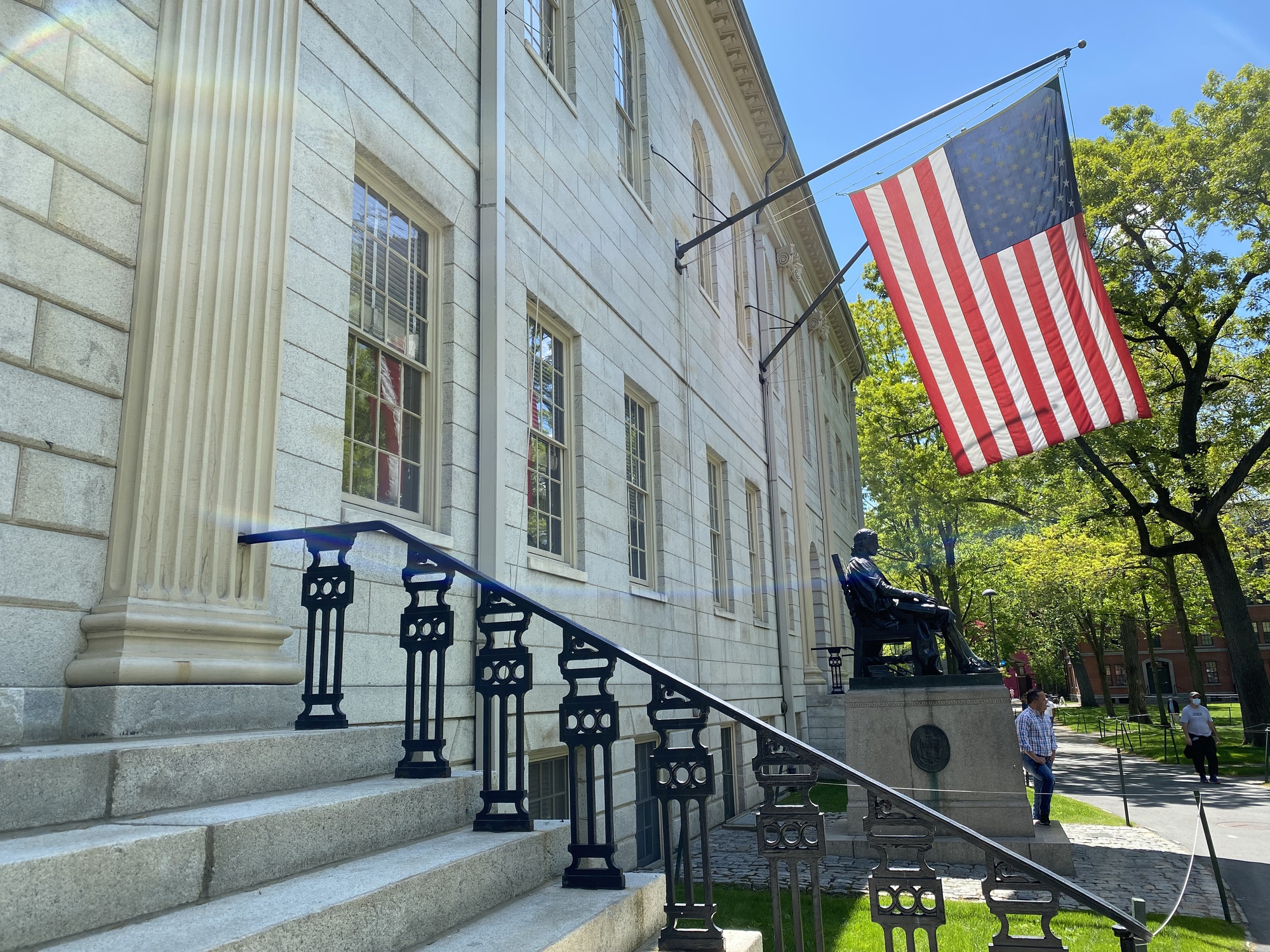
Harvard’s Faculty of Arts and Sciences and the School of Engineering and Applied Sciences ended fiscal year 2022 with an $84.9 million surplus, according to a presentation by administrators during a faculty meeting Tuesday.
This year’s surplus marks an increase from the $51.3 million surplus the FAS reported at the end of fiscal year 2021. The dean’s unrestricted reserved funds increased to $159 million, meeting the University’s recommended threshold of 10 percent of the school’s annual operating expenses for the first time in FAS history.
FAS Dean Claudine Gay said the results suggest the FAS is “an institution that has been resilient through the headwinds of the pandemic.”
As recommended in the FAS Study Group’s fall 2021 report, the school has also hired its first strategic director for endowment and gifts, FAS Dean of Administration and Finance Scott A. Jordan announced Tuesday. Gay convened the group in November 2020 to examine the school’s “financial sustainability, organizational flexibility, institutional resilience.”
In June, FAS leadership — in concert with Economics faculty members — updated its economic budgeting model based on numbers from fiscal year 2021, Jordan said. The new model adjusted the budget for inflation to assess the school’s long-term financial condition.
According to this new model, Jordan said the FAS is projected to be “in a deficit position of $600 million.”
He added that the FAS is “fiscally healthy” right now, but that the school will still need to monitor factors within its control, such as fundraising, compensation, and management of local funds.
“With the University in a relatively healthy financial position and with the FAS in a good position, market volatility and an uncertain economy will require us to be financially prudent as we go forward,” Jordan said. “But we’re in a good place, and we expect to be resilient and to have resources for the strategic work ahead.”
During the meeting Tuesday, Dean for Faculty Affairs and Planning Nina Zipser also shared results of the annual faculty trends report, which included data on faculty searches, tenure reviews, and diversity.
Advertisement
According to the report, the FAS conducted 71 ladder faculty searches in the 2021-2022 academic year and made 59 offers — 29 to women and 30 to people of color. The FAS granted tenure to nine of the 10 ladder faculty it reviewed.
Zipser shared during the meeting that the size of ladder faculty has largely remained the same since 2009, while the non-ladder faculty has grown by 44 percent since 2003.
“The FAS’s plan is to strategically grow the ladder faculty while keeping the non-ladder faculty relatively flat,” the report reads.
There are proportionately more women among tenure-track and non-ladder faculty than among tenured faculty, per the report. Only 29 percent of tenured faculty are women, compared to 47 percent and 48 percent of tenure-track and non-ladder faculty, respectively.
Though this year’s annual report contains only binary gender statistics, Zipser said the University has begun to collect data on nonbinary gender statistics this year.
Tenure-track faculty are also significantly more racially and ethnically diverse compared to non-ladder or tenured faculty.
Though 19 percent of U.S. Ph.D. recipients in 2021 identified as historically underrepresented, only 7.2 percent of FAS tenure-track position applicants identified as part of this group. The report defines historically underrepresented as Black or African American, Hispanic or Latinx, American Indian/Alaskan Native, or two or more races.
—Staff writer Ariel H. Kim can be reached at ariel.kim@thecrimson.com. Follow her on Twitter @ArielH_Kim.
—Staff writer Meimei Xu can be reached at meimei.xu@thecrimson.com. Follow her on Twitter @MeimeiXu7.








